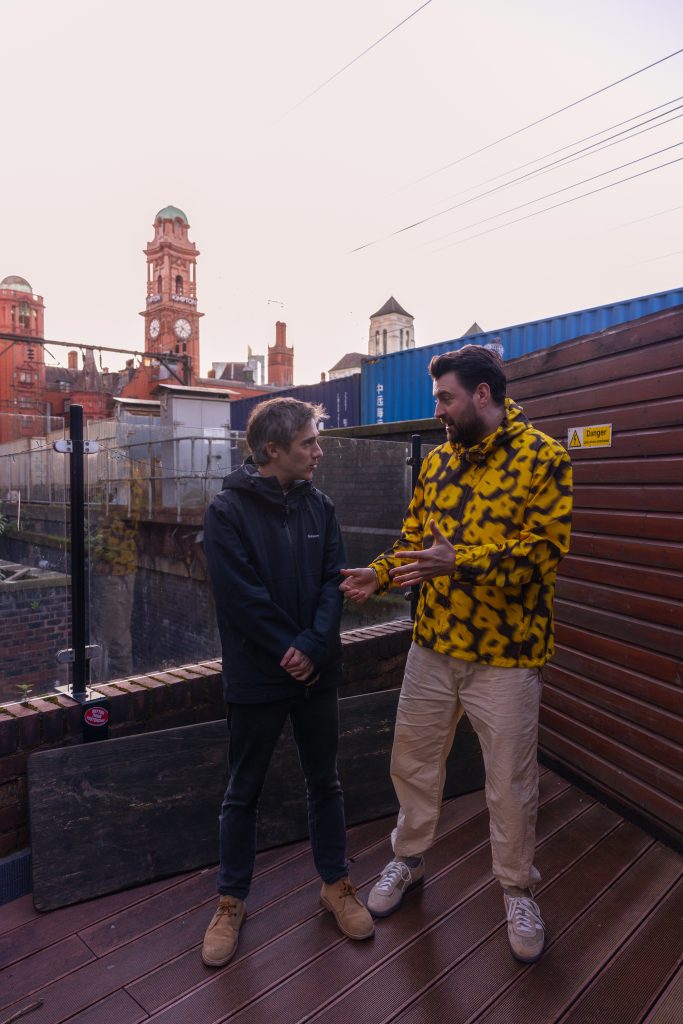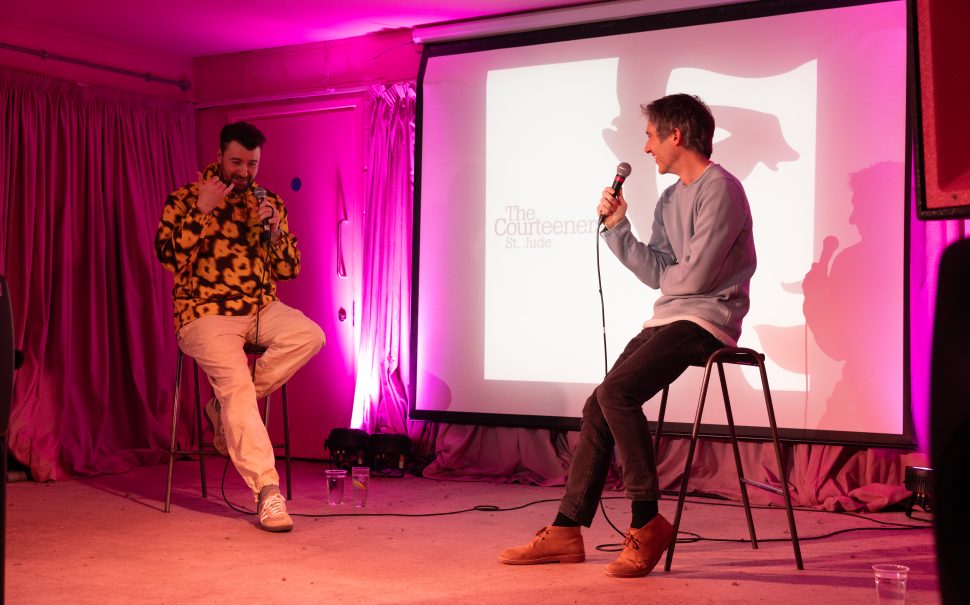When Courteeners frontman Liam Fray held a listening party for the 15th-anniversary release of St Jude at Manchester’s Yes, it illustrated just how beneficial these experiences are.
Since the Covid-19 pandemic, listening parties have considerably risen in popularity and have become one of the favoured methods for musicians to promote new releases of their songs.
They have become incredibly well-received by fans who can connect with their favourite artists in a whole new manner. These gatherings have breathed a new life into the art of shared listening experiences, which traditionally have taken place on social media, where people would listen and share their thoughts on each track.
This refreshing alternative is traditionally narrated by a key player who has helped create the album, adding in-depth insights on the album’s creation with personal anecdotes attached.
But listening to albums in full now is a rarity, which is why the revival of vinyl is a welcomed return – you don’t get a choice if you want to skip or not.
With the age of digital streaming, most people now consume their music through the artist’s top tracks or a playlist. When listening to an album in its entirety, the track listing has been selected by the artist for a reason, and the rise of listening parties ensures those intentions are preserved.
Tim Burgess, the frontman of The Charlatans, spearheaded listening parties on his Twitter account during the pandemic. It was a fantastic idea which connected similar-minded fans to their favourite artists and built a strong community.
During that time there were 1,366 albums played back, including Oasis, New Order, Blur and Paul McCartney, which took social media by storm as #TimsTwitterListeningParty was consistently trending.
The playbacks may have stopped, but Burgess’ listening party has been taken to Absolute Radio and Latitude Festival twice and released a 62-track compilation album. It has become one of the most favourable methods for artists to connect their fans to an album.
But the St Jude listening party at Yes in Manchester went far beyond a social media session. It brought together a room of 60 Courtneers fans to listen to the 15th-anniversary release in an intimate setting.

The playlist has been made available on Apple Music, which utilises Dolby Atmos technology to enhance the listener’s experience by providing a realistic and immersive audio experience by amplifying spatial sound and specific aspects of the track.
Since 2021, Apple Music has been adding new catalogues and albums all the time through Dolby Atmos. It gives artists the opportunity to create immersive audio experience so the sound comes from all around and above.
This partnership between Apple Music and Dolby Atmos reinvents and enhances the concept of listening parties. The pink room in Yes was set up with ten speakers dotted across the room, giving a surround sound feel to the event.
As the album began to play out, there was an overwhelming sense of appreciation from those in attendance, as the fact the album is still heralded as one of the greatest Indie Rock releases to this day is a testament to the Middleton band.
After the playthrough of the debut album, The Courteeners frontman Fray took to the stage ahead of a Q&A for fans to find more on the process 15 years on from the release date to provide more depth to the experience and a deeper understanding for those who have just listened to the album.
Fray is the mastermind behind the Courtneers songs, but for St Jude, he spoke about the writing process for the album.
He said: “I was writing many of the lyrics on account slips at Fred Perry on Police Street when I was working there. I was writing at the shop, on Palatine Road, where my girlfriend at the time lived, or Burnage Road where I was. I wrote Please Don’t in the dining room, which was the quickest one on the album.”
The album has become a cult favourite among their fans and an essential to an Indie Rock party, which features the standout tracks Cavouriting and Not Nineteen Forever.
“Last year with the 15th anniversary and before that, I didn’t listen back to it for a long time, but I don’t think I would change anything about the album because I meant it then, and I mean it now,” he said.

Upon the release date in 2007, Manchester’s music legacy was still incredibly strong, but newer bands coming out of the region were scarce.
Regarding the legacy that St. Jude had on the music scene, Fray said: “I would turn the page of the NME hoping that there wouldn’t be a Manchester band in there because that is where we wanted to be. I think everyone hated us. There were a lot of people in the bands who didn’t like us. More people now are willing to help us out, but that fired us up because we didn’t need them.”
Apple is continuing to release albums utilising Dolby Atmos, including The Last Dinner Party, RAYE and Doja Cat. Stream the spatial audio St. Jude album here.
Image accreditation: Ewan Ogden



